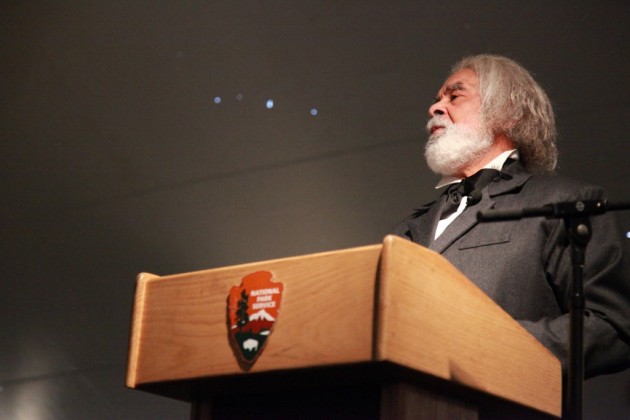The hot tarmac and huge crowds exemplify the sport of stock car racing. The engines roar and the tailgates overflow with beer and food. However, for years, NASCAR has not been an all-inclusive realm of the sporting landscape. In fact, it has been considered the last bastion of “redneck” America.
However, in the second year of NASCAR’s diversity program, the once all-white, all-male sport is catching up to the Twenty-first Century.
In May 2004, NASCAR officials announced that an Executive Steering Committee for Diversity had been implemented. Quite strategically, Ervin “Magic” Johnson was chosen as co-chair to head the slate.
“I think picking Magic was an ideal choice,” explains Morgan State University sophomore Daniel Jordan. “What NASCAR needs now, is some respectable black males behind the wheel.”
NASCAR’s efforts to diversify extend beyond the realm of race and earlier this year, the first international points event was held by the sport. The venue was Mexico City’s famed Autodromo Hermanos Rodriguez racetrack and the response was huge. March 6 announced a new era for the sport. However, NASCAR understands that the African American market is a viable one, and an outlet that exists right here within the United States.
One of the programs implemented by Johnson and his staff is the Drive for Diversity. The programs main goal is to uncover African American, Hispanic and female drivers and crewmembers.
“I’m not really into NASCAR,” explains Howard University student Jenna McPherson. “But I think anything to improve African Americans stature in sport is a good move. The fact that they are getting the women involved is also good for the sport too.”
The diversity program is just one of a series of baby steps the sport has made to appeal to a wider audience. Another was the banning of the confederate flag at all NASCAR events, a move that took too long for some.
“There is no place for that flag anywhere in any sport,” said David Ongweku a NASCAR fan and Washington D.C. native. “It should have been banned years ago, but at least we are moving in the right direction.”
The flag, however, can still be seen at NASCAR events being flown out of private vehicles. While it continues to offend some, many African-Americans like Bill Lester choose to ignore it.
“I know it’s there, but as long as it’s not being waved in my face, I don’t have a problem,” the 43-year-old Californian who drives in the NASCAR Truck series told the St. Petersburg Times. “It’s a cultural thing for those who were brought up with it. I don’t look at it as a symbol of oppression.”
NASCAR has also implemented a number of initiatives that start at the grass roots level. Programs include an internship program, funding for scholarships to traditionally black and Hispanic colleges, universities and serving institutions, support of the NASCAR College Tour and support of the Urban Youth Racing School based in Philadelphia. All have had positive responses and have been encouraging for those who want to see a broader spectrum under the stock car banner.

